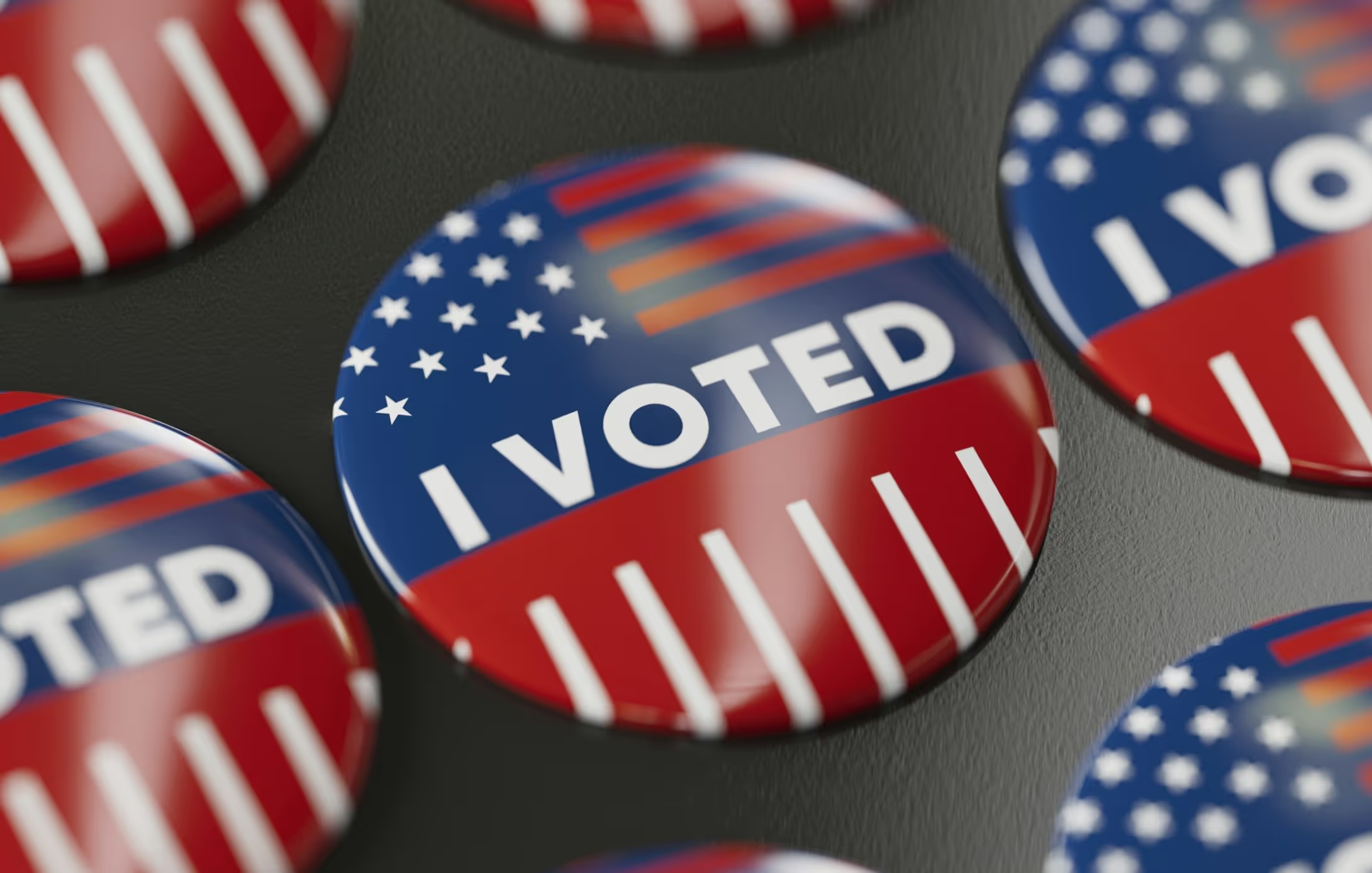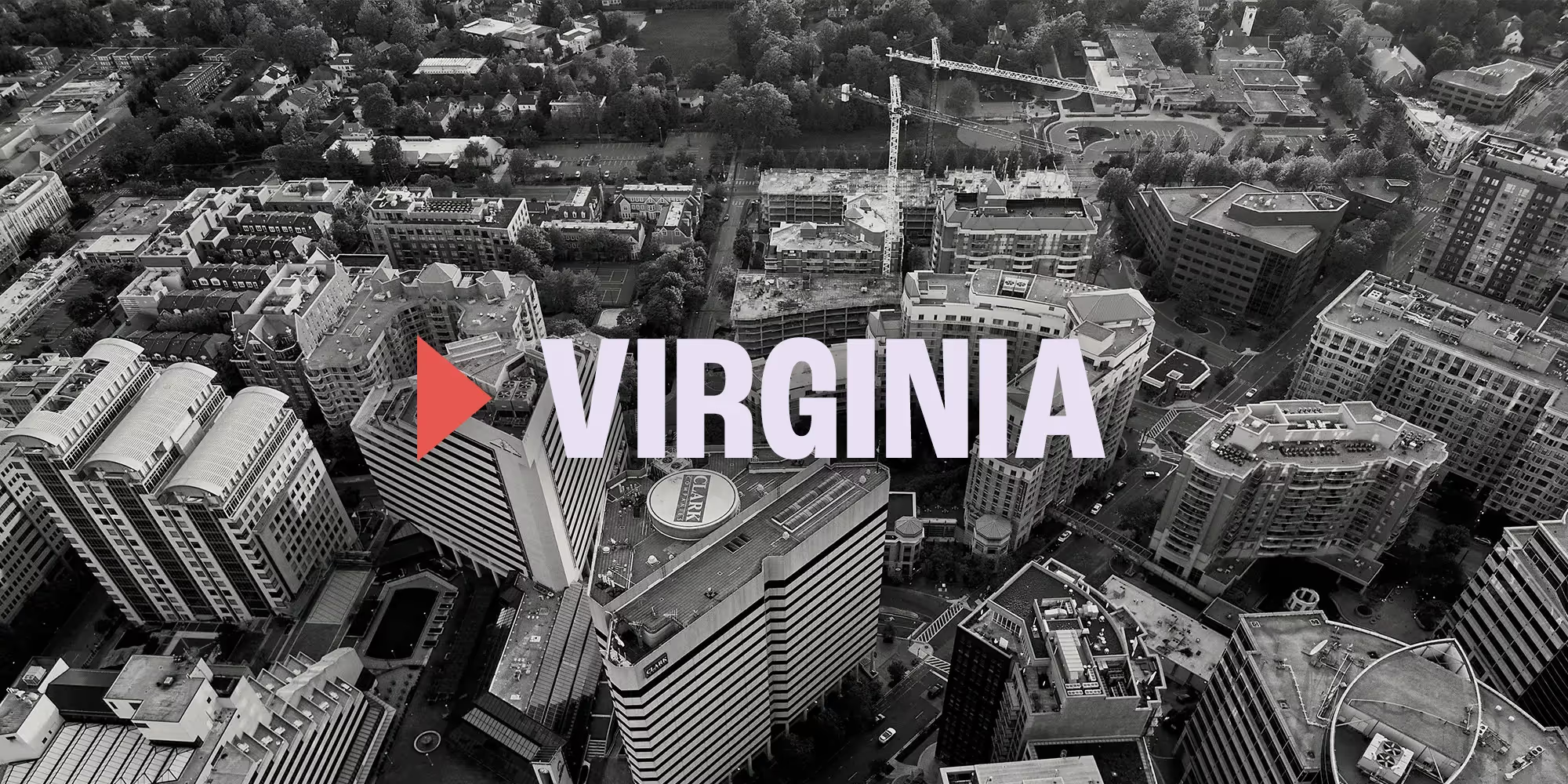Charlottesville Voters Embrace Ranked Choice
80% strongly support using the system in future elections
One week after Charlottesville's first ranked choice election, a survey of the city's primary voters revealed decisive support for maintaining the new system. Fully 80% of survey respondents strongly support using RCV in future City Council elections, with another 9% expressing some support. Less than 10% voiced opposition to continued RCV use.
Support was strong across all demographic groups, including age, race, gender, education, and homeownership. The only group that voiced majority opposition was the small subset of voters (5%) who were also dissatisfied with which candidates won.
Voters Were Ready for the City's First Ranked Choice Election
More than 9 in 10 voters knew they would be using ranked choice voting before they received their ballot—either by mail or in person—indicating that community education campaigns reached voters ahead of the election. Voters were also comfortable marking their ballots: 87% were very confident and 9% were mostly confident with only minor questions. Less than 4% reported major questions or concerns about filling out their ballot.
Voters were broadly comfortable with the ballot counting process, too. More than 9 in 10 voters understood how their votes were counted, with 62% expressing complete confidence and another 30% saying they were "pretty sure." Data from other cities that use ranked choice voting find that voters' confidence in the counting process grows with repeated use over time.
Survey Methodology
The survey was sent to Charlottesville primary voters via text message on Tuesday, June 24, one week after the election and two days after the final results were certified. Responses were accepted through Friday, June 27. All 8,699 people who had voted in a local primary election in 2021, 2023, or early in 2025 were eligible to receive the survey. Eligible voters were linked to mobile phone numbers through the research firm Murmuration, and 6,283 (72%) were successfully matched. More than 92% of messages were delivered, and the survey received a 4.4% response rate among voters who were sent the message.
Understanding whether survey participants represent the broader electorate is critical for interpreting the results. Survey participants closely mirrored actual primary voters across neighborhood, voting patterns, and demographics. Weighting the results to account for modest differences in participation rates across groups produces nearly identical findings, owing to the relatively consistent responses reported across groups.
Explore the survey findings in the interactive charts below. Complete results will be presented to City Council in a report issued later this year.



